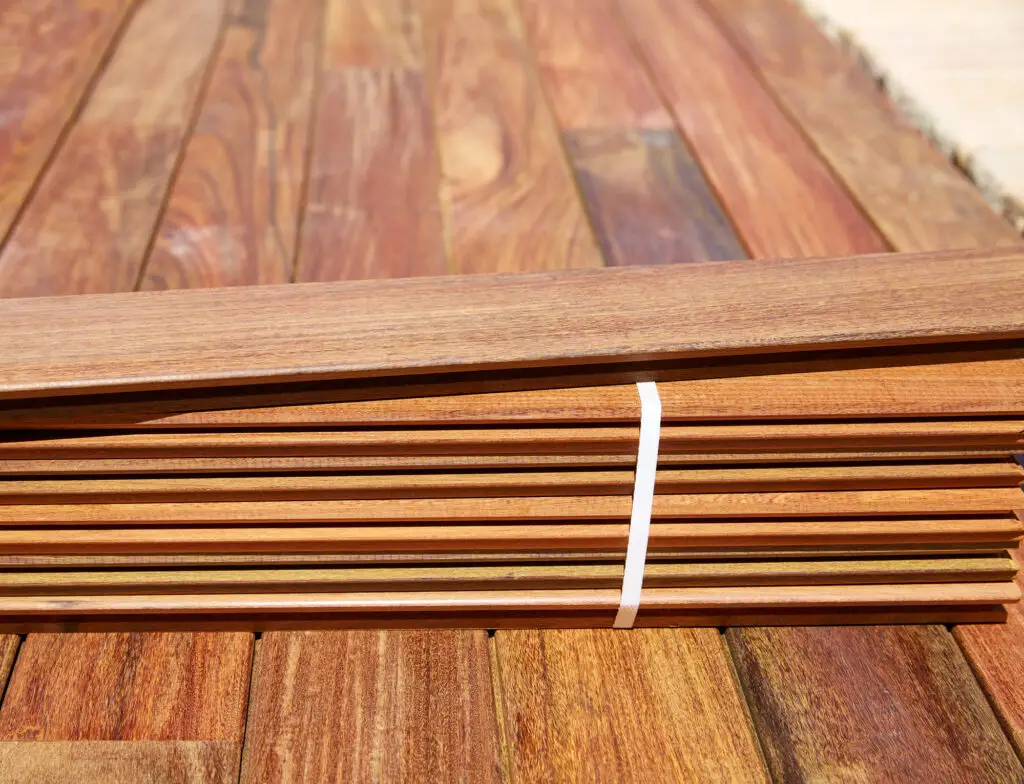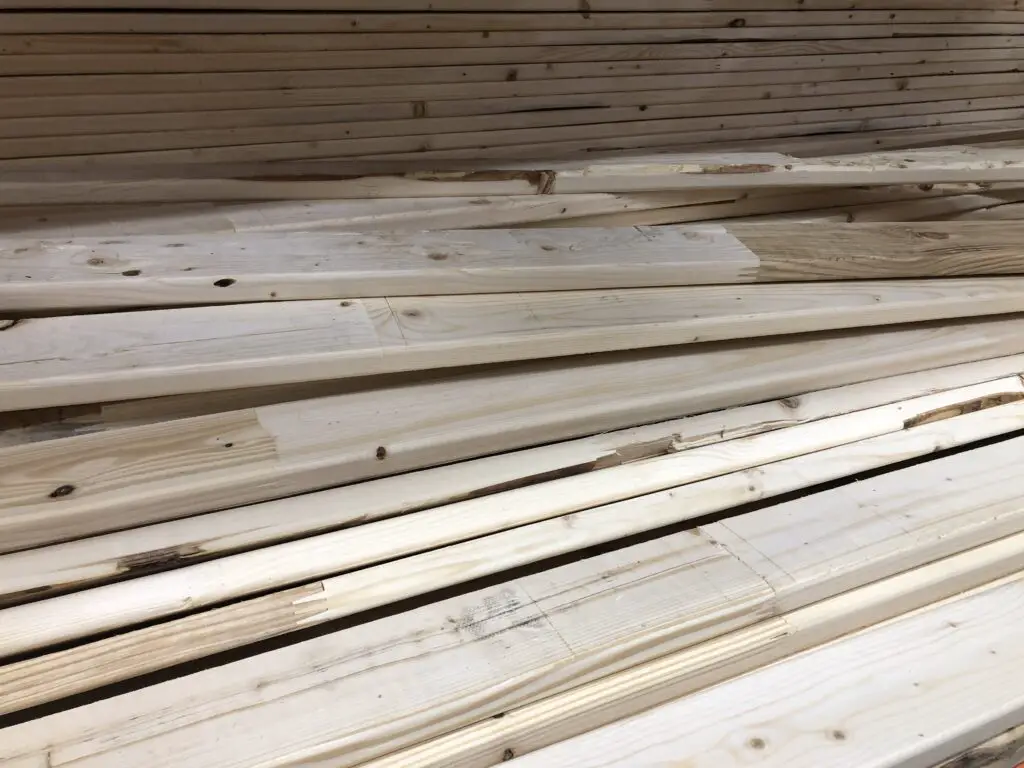Knowing how to cut thin plywood at home might not be something you think you need to know… until you’ve shreaded and splintered a sheet of really thin plywood. Anything under ⅛ of an inch thick is generally called a “thin” piece of wood. These thin pieces are often great for projects around the house, but they can be a bit more difficult to work with. When trying to cut thin pieces of plywood, the task becomes that much more difficult.
So, how do you cut a thin piece of plywood? The short answer is that there are several power tools and saws that can be used. Some will be easier and more successful than others. Pro Tip: Using blue painters’ tape to cover where the cut will be made is an easy way to keep tear out as minimal as possible.
What Saw Should You Use When Cutting Thin Plywood?
As we said before, there are several different tools that you can use for cutting thin pieces of plywood.
Coping Saws: Due to its thin and narrow blade, a coping saw can be great for cutting thin pieces of wood. However, this saw is best for doing trim work, scrollwork, or any type of precision cut.
Hand Saws: There are several different types of hand saws on the market: traditional, general, and keyhole to name a few. A handsaw can be used to cut thin pieces of plywood, although it may not be the best choice if you have a lot of cuts to make because it relies on your own elbow grease to get things done.
Router: A router with a flush-cut bit can also be an option if you have one in your shop.
Japanese Pull Saw: These saws are an excellent choice for a smaller-scale project. You can cut off very thin slices, and they can also be used for flush-trim cutting. You can use your finger to keep the blade flush against your workpiece for precision cutting.
Bandsaw: The vertical blade movement and the narrow kerf make the bandsaw a good choice for trying to cut thin plywood with minimal waste. You should be able to cut your project easily if you are using low-power.
Tablesaw: If you are trying to cut thin plywood sheets, a tablesaw can be a good option if you have the sheets properly supported. A sawhorse at the correct height or a roller can help you keep the sheet steady for your cuts. It is best if you insert a zero-clearance plate before making your cuts as it will help reduce your chip-out.
Handheld Circular Saw: With the right blade, your circular saw can be an option as well.
Which Blade is Best Suited for Cutting Thin Plywood?
When cutting thin plywood on a tablesaw, it is best to use a combination blade. If your blade is nice and sharp and you use a slow feed rate, you should be able to cut your plywood quite smoothly. For the highest-quality cuts, you will want an 80-tooth disc. The small teeth only take little “bites” out of the wood which means less chip-out. The slower your feed rate, the smoother your edge will be.
When using a circular saw to cut thin plywood, you will want to get a carbide-tipped plywood blade. This is not likely to be the blade that comes standard with your saw (those blades are generally for making rough cuts on construction lumber!) Another option is to use a steel thin-kerf blade which is generally very budget-friendly.
How Do You Cut Thin Plywood Without Splintering?
There are a few tricks that will help you get a nice clean cut when you are working with thin pieces of plywood.
If you are using a table saw, then it is a good idea to raise the blade height. For safety reasons, you generally keep your blade height low, but raising it can give you a better quality cut when it comes to plywood.
When you leave the blade height low, it will cut the underlying plies of your workpiece first. This will leave the top face of your board unsupported when the teeth of your blade come sliding through. By raising the height, you get a cleaner cut because the teeth move nearly straight down which means the veneer will be supported by the plies.
Another thing to think about when using a table saw is the placement of the “good” side of your plywood. The teeth of the saw will enter the wood from the top, the majority of the chip-out will be on the bottom where the teeth exit the wood. Keep your “good” side face-up on the saw to ensure it will be the cleaner cut side.
In the same vein, if you are using a circular saw, the entry and exit of the blade will be the opposite orientation. You will want your “good” side to be on the bottom.
Another trick to keep your chip-out to the bare minimum comes down to blue painters’ tape. Even if you manage to keep everything perfect and avoid major chipping, you may still get some small fibers tearing out. Stop that problem by covering your cutline with tape. While it doesn’t necessarily have to be painters’ tape, that type does seem to work best because of its low adhesion quality. It won’t pull out splinters when you are removing it from your thin piece of plywood.

